First, according to whether the zone alarm has a delay time to divide: instantaneous zone, delay zone.
1. Instantaneous zone: In the armed state, as long as the detector connected to the zone is triggered, the alarm controller will immediately generate an alarm without any delay time.
2. Delay zone: In the armed state, the detector is triggered within the delay event. If the delay time expires, the alarm will be triggered. After the detector working in the delay zone is armed, it will be triggered for the first time according to the exit delay time, and the second time it will be triggered according to the entry delay.
Second, according to the location of the intrusion detector installation and its prevention features are divided into: internal defense zone, access defense zone, perimeter defense zone, day and night defense zone, 24-hour defense zone, fire zone and so on.
1. Access zone: used to monitor the entrance/exit area. After the defense, the system will provide a delay time for the access zone. After the exit delay time expires, the delay zone system alarm is triggered. When the delay zone is triggered upon entry, the controller will beep during the entry delay time. As a warning signal for disarming the system, the system must be disarmed within the set delay time. Otherwise, it will alarm. This zone type is suitable for the user's entry/exit keyboard.
2. Perimeter defensive zones: The perimeters that are used to protect the main protection objects, such as windows, balconies, fences, etc., can be regarded as the first line of defense for the defense zone.
3, internal defense zone: internal follow-up zone, internal delay zone.
4, day and night defense zone: 24 hours in alert state, but during the day and night when the detector is triggered, the alarm controller alarm mode is different: during the day, when the detector is triggered, the keyboard will be used to show the alarm, the purpose is Attract people's attention; at night, when the detector is triggered, an alarm is generated immediately.
5, 24 hours alarm zone: the detector working in the zone is in a state of alert for 24 hours. It will not be affected by the arming and disarming operation. Once it is triggered, it will immediately alarm and there will be no delay. Divided into 24 hours silent alarm zone, 24 hours voice alarm zone, 24 hours auxiliary alarm zone.
6, the fire zone: the fire zone must be set to 24 hours alarm zone, when the fire zone is triggered, in addition to the keyboard sound and light alarm, the external alarm will emit a loud and special alarm sound.
Commonly, Hard ferrite is a type of ceramic Fe2O3,BaCO3 or SrCo3 compund material.The density of ferrite magnets about 5g/cm3, and they are divided to hard ferrite and soft ferrite.
They are both electrically nonconductive and ferrimagnetic.Of course,they also can as Construction Magnet. Hard ferrites have higher coercivity and higher remanence after magnetization. Ceramic magnets are cheap and widely used in household appliance such as refrigerator horseshoeshaped magnet, letric motors, teleconmmunication loud speaker,magnetic recording.etc.
Soft Ferrite Magnet is a sort of Fe2O4,Zinc or Nickel compund material.They have a low coercivity thus called soft ferrites. Because of their comparatively low losses at high frequencies.
They are extensively used in the cores of RF tranformers and inductor in applications of AM redios.
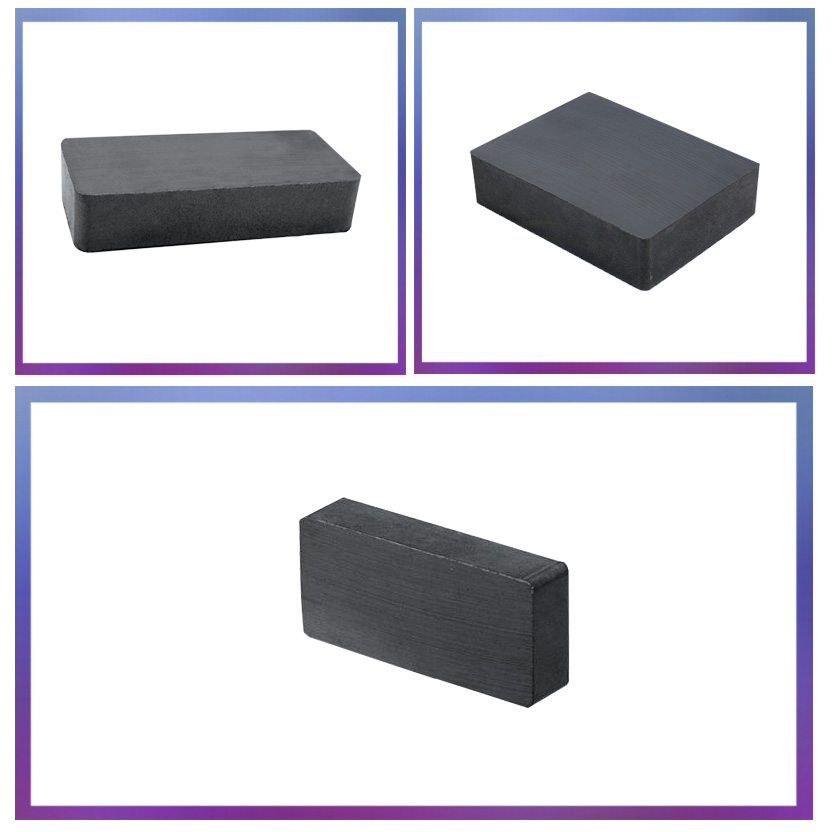
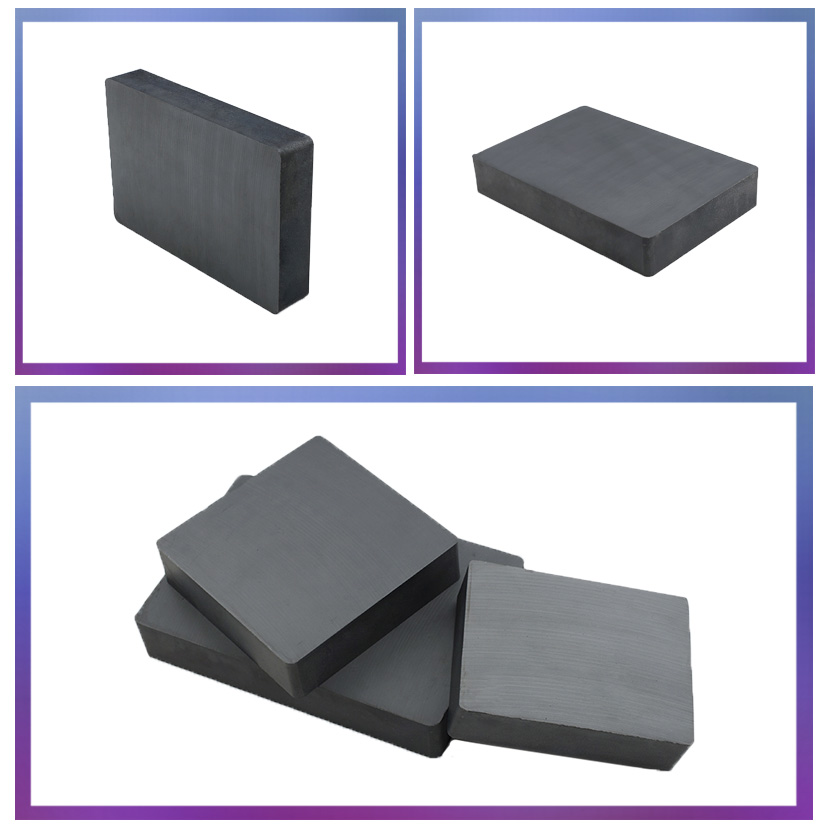
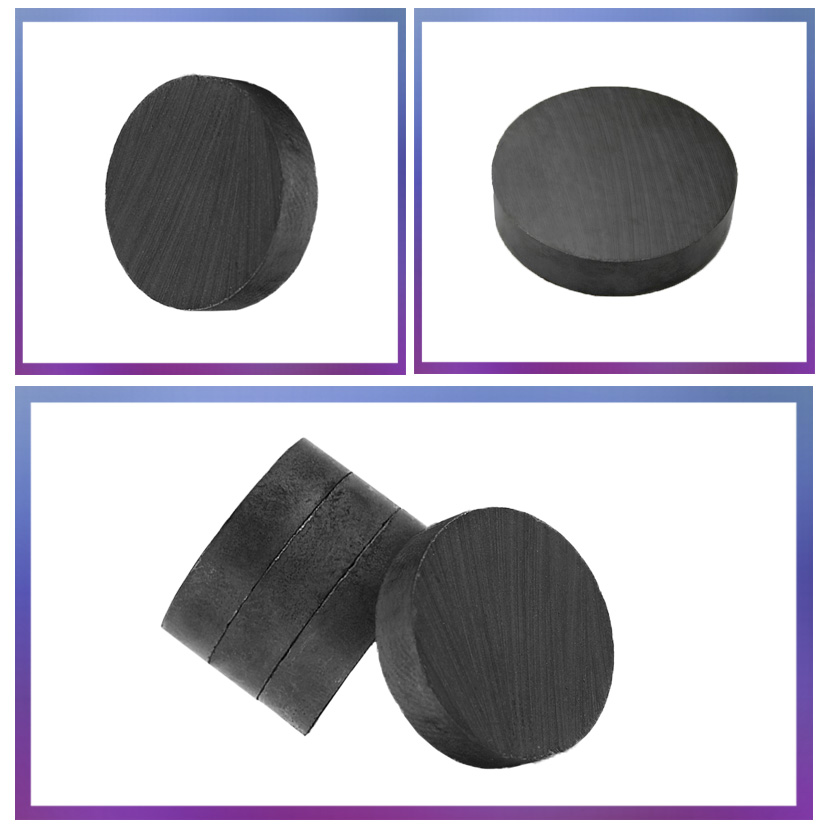
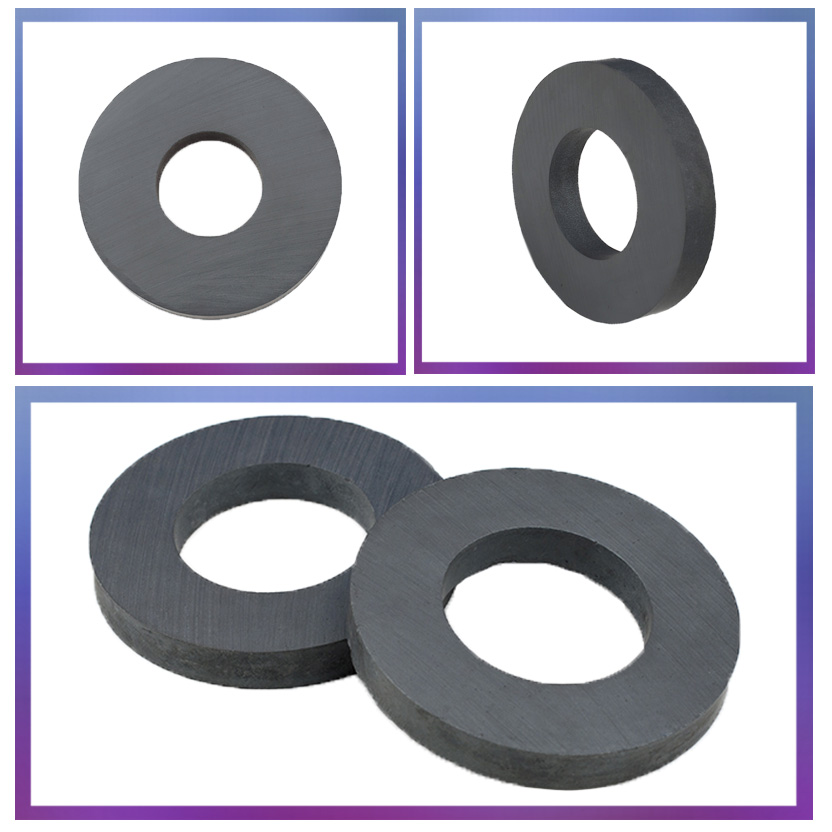
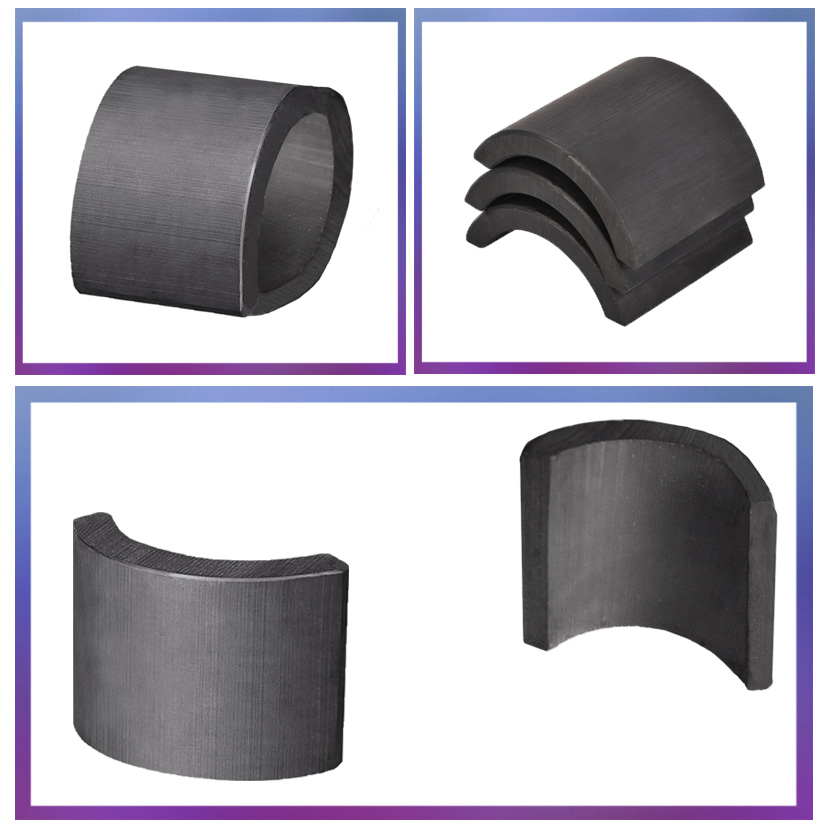
Ferrite Magnet
Ferrite Magnet,Ceramic Ferrite Magnet,Ferrite Permanent Magnet,Ferrite Ring Magnet,Construction Magnet
NINGBO SHINE MAGENETIC TECHNOLOGY CO.,LTD , https://www.shinemagnets.com